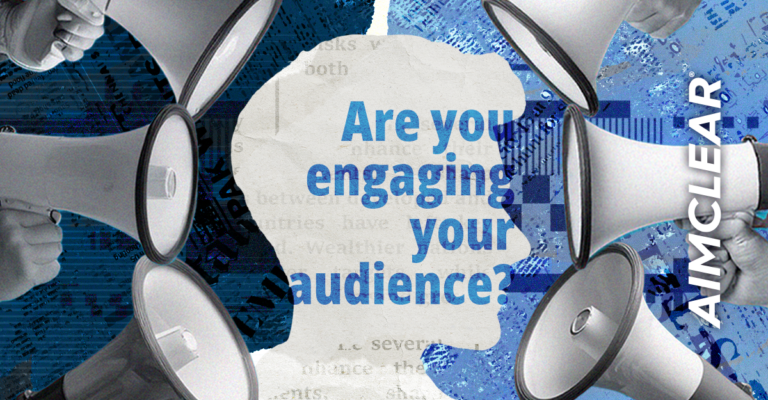In the beginning there was snail mail. Then there was the telephone. The fax machine came along after that, followed by e-mail, which put its clunky predecessor out to pasture. (If you’re still relying on a fax machine, please tell us why in the comments. Seriously. We’d love to know.)
All of these communication channels have been used as mediums to deliver pitches to editors and reporters since the dawn of public relations. Media relations continues to evolve as PR pros debate the merits of pitching via organic social media (there are a number of interesting articles about this, including this Muck Rack post recapping its #muckedup chat on the topic). Here, we’d like to introduce another avenue: Pitching via social PPC. Yep, that’s right. Ads on social networks, particularly LinkedIn, are a great way to seed stories with journalists. Let’s take a closer look.
You might be asking yourself, why in the world would I take out an ad to pitch a reporter when a perfectly good e-mail will do?
- Pitching or seeding a story through social PPC is a great way to gauge interest. Curiosity piqued by the ad copy, the reporter clicks on the ad, indicating interest in the concept, allowing him or her to view all your material, not just a summary.
- Ad writing will hone your pitching skills. If you have to write a “pitch” in as few as 75 characters, imagine what the practice will do for your e-mail and phone pitching skills.
- Social ads are not a disruptive form of pitching. The reporter will only see your ad when using that particular social channel, which means he/she is probably not on deadline (if they are, they can ignore the ad). In fact, they may be searching for their next story or looking for a source.
Are there downsides? Of course.
- You might not get an immediate response. For that matter, you might not get any response at all. But that doesn’t mean you can’t then reach out via traditional methods.
- It costs money. If you’re paying for clicks, however, and using the platform to micro-target reporters at a single publication, your costs will be extremely low. Compare a ~$3 click to the several hundred dollars you’d pay for a press release distribution service. And remember, that click is a sign of interest.
- Then there’s the question of whether this is a slimy method to pitch a reporter. Many will argue that it is, and reporters will no doubt bemoan the state of social ads if this method becomes a tool of the spray-and-pray crowd. That’s why we’re preaching that you do it responsibly. Avoid the hard pitch. Only offer irresistible material.
OK, enough of the theoretical. Let’s get to the practical. LinkedIn’s defined job title targeting makes it, in our opinion, the best platform through which to micro-target ads to reporters. Using a combination of job title and either company or group targeting parameters, you can direct an ad to a reporter at a specific publication or a group of reporters.
Want to get in front of the eyeballs of some of the most influential tech reporters, such as David Pogue? Try this (better make that ad DAMN good!):
How about travel editors at the nation’s top newspapers? Have a look:
You can even target trade pubs. Keep in mind that many of these pubs won’t be listed as a company; the publisher often gets that billing. Get creative and look for groups that have been established for or by the specific publication:
The job titles in the previous images were just a very small sample of the range of editorial staff you can target. Take a look at this inventory!
Editor Titles
Reporter Titles
Producer Titles
Other Titles
Pretty wild, huh? Ready to try it? Let us offer some pointers.
- Avoid the hard pitch like the plague. Write your headline and copy so it doesn’t read like a pitch, but rather something the reporter can’t help but click on. Give ’em a story, not a please-write-about-my-company plea.
- Don’t worry about impressions”expect low CTR. If you get zero clicks, chances are the material wasn’t interesting enough. Consider the campaign free branding. And don’t forget, you can always follow up with a traditional pitch if you’re certain of the material’s newsworthiness. (You may want to avoid mentioning the ad in your follow-up. It’ll sound creepy.)
- As in all PPC ads, use emotional, zoomed-in images (faces work well) and colors that distinguish the ad from the background.
- Create different ads and rotate the variations. This is a great way to test different messages or approaches to the story.
So there you have it. Give it a shot and let us know how it goes.



















